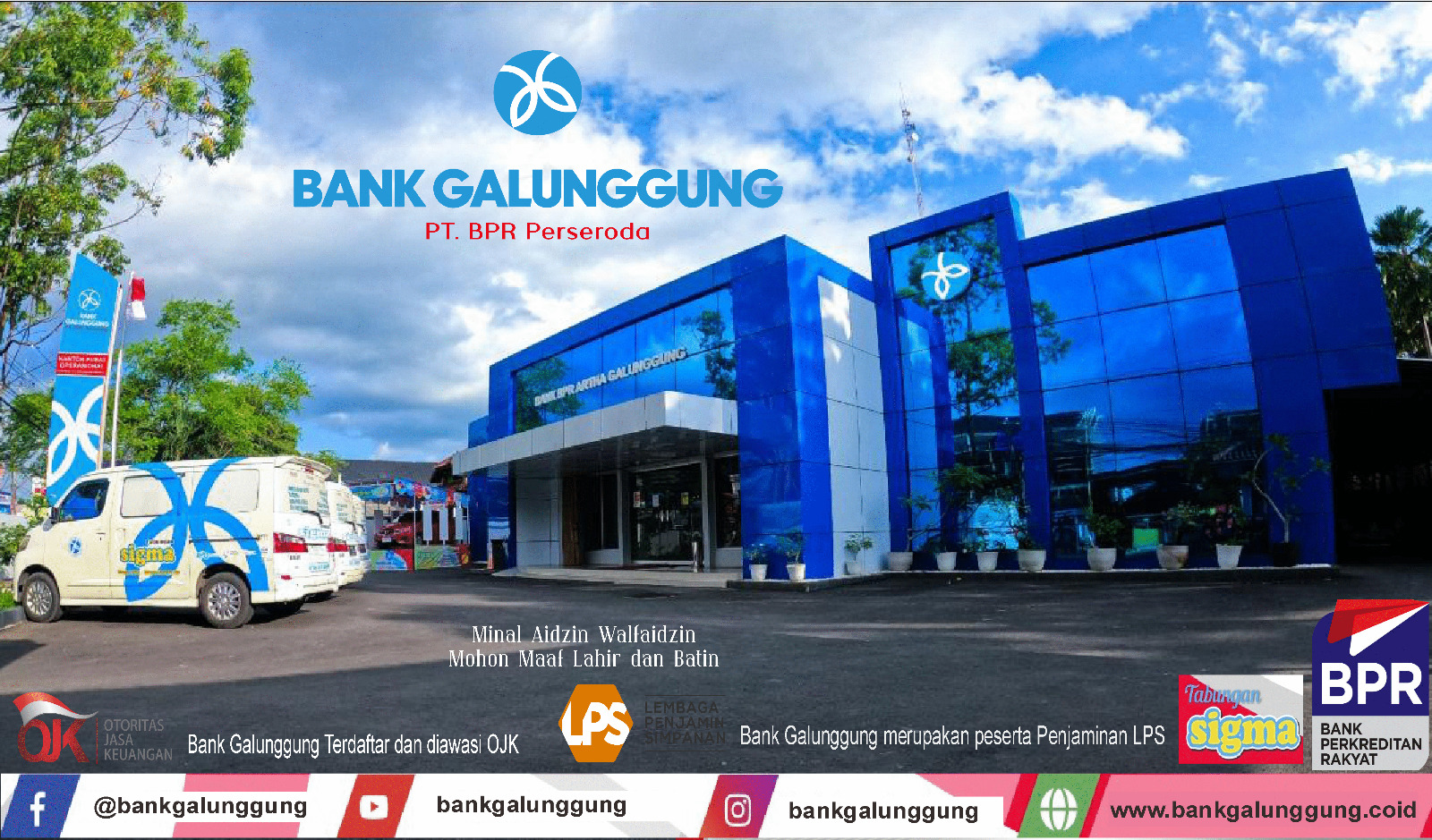This requires the lessee to make estimates or use an alternative rate, during their initial measurement.The standard allows companies to use its incremental borrowing rate when an implicit interest rate can’t be determined. Private companies can also elect to use a risk-free discount as a matter of accounting policy. Or using a modified retrospective approach, a lessee can apply a single discount rate to a similar profile of leases.
Or, if the futures contract price for a currency is 1.110 and the spot price is 1.050, the difference of 5.7% is the implied interest rate. In conclusion, implicit interest rates can be analyzed using a variety of approaches, including the inflation approach, the investment approach, and the time preference approach. Each of these approaches looks at the interest rate from a unique perspective. Implicit interest rate – is a nominal interest rate that is not precisely explicated in a transaction or agreement. The interest rate, however, is implied, as the borrower pays back more than s/he initially borrowed. Even though the rate is not specified, in a contract itself, however, the borrower knows the “sum due”[1].
- The contract also is to clarify whether the rate is fixed or variable[3].
- We can apply the formula mentioned above if we want to know the additional rate percentage we have paid after 12 months.
- After the adoption of new lease accounting standards like ASC 842 and IFRS 16, the implicit interest rate in a lease is more important than ever.
- The implied interest rate is the difference between the spot rate and the forward rate or futures rate on a transaction.
Economic conditions, financial ratios like EBITDA, and repayment history should also be considered. As financial ratios heavily influence credit ratings, you will need to consider the state of your company’s books at the time of lease commencement. Using the portfolio approach and determining a single discount rate is allowed under the new standards if the company expects that the results would not be materially different from calculating an IBR for every lease. Under the new standards, PV is calculated using the implicit rate in the lease, if known, or the incremental borrowing rate. Since a lessee is often unable to arrive at the implicit rate, the IBR becomes an essential calculation.
What is the Implicit rate in the lease?
Therefore, for leases with multiple components and variable consideration, the rate implicit in the lease does not represent the entire expected return for the lessor. Commercial mortgage-backed securities (CMBS) are investment products backed by a group of mortgages on commercial properties. These securities are typically issued in the form of bonds and sold to investors. Interest rates are not explicitly stated in the terms of a CMBS, so they have implicit interest rates. In real estate investment, implicit interest rates represent the effective interest rate on the investment, taking into account factors like property tax, insurance, and asset maintenance costs. The rate is often a key factor when investors are evaluating different investment properties.
The term of the lease and the structure of payments also influence the rate. If more payments are made upfront, the risk and the rate are also lower. A smaller company or a startup may pose more of a credit risk and thus pay a higher IBR on real estate leases than a larger or more established company. As mentioned previously, GASB 87 does not specifically address the definition of the implicit rate. However, it is important to note the evaluation of initial direct costs when comparing the calculation of the implicit rate under GASB 87 and ASC 842. Additionally, any retained and expected investment tax credits that the lessor will realize must be considered when measuring the fair value of the asset.
An implicit interest rate may influence whether your company enters into a lease agreement. Taking the rate into account, and the specifics of the asset to be leased, you may be convinced that an outright purchase with a conventional loan is better than experiencing volatile variable lease payments. Therefore, within this proposed amendment to ASC 842 is an option allowing non-public lessees to apply the risk-free rate by class of underlying asset instead of the entire lease portfolio.
- The first step in gaining this understanding is to know how to calculate implicit interest rates.
- When deducting the equipment value of $50,000, the implicit interest rate will be $5,000.
- The residual value is the amount the lessor expects the asset to be worth at the end of the lease term.
- Lessees who operate in multiple jurisdictions will need to consider the economic environments in all their locations and determine their influence on IBR.
- Because of the challenges in application faced by public companies, the FASB has also recently affirmed a proposed amendment to the standard which will provide additional flexibility in discount rate application when finalized.
Despite this, using the IRR function within Excel, once you have access to all the necessary inputs of the implicit rate, is a simple way to calculate the implicit rate in the lease. The present value of the lease payments of $20,877 plus the present value of the unguaranteed residual value of $623 equals $21,500. The sum of the fair value of the tractor, $20,000, and the initial direct costs of $1,500, also equals $21,500, thus proving our Excel IRR calculation of the implicit rate of 9.92% to be correct. Remember that the lease payments the lessor uses to determine its implicit rate typically exclude most variable lease payments.
Acknowledging this, ASC 842 allows private companies to utilize the risk-free rate. To determine the implicit rate in the lease, lessors should consider the term of the lease and assess the residual value of the underlying asset. The residual value is the amount the lessor expects the asset to be worth at the end of the lease term. For example, if a forward rate is 7% and the spot rate is 5%, the difference of 2% is the implied interest rate.
Interest Expense Calculation Explained with a Finance Lease Example and Journal Entries
Well, in every lease, whether it be a $3,000,000 piece of manufacturing equipment or a $20,000 car, there is an implicit interest rate that lessees pay to lessors. In the world of real estate and investments, the implicit interest rate plays an equally critical role. When it comes to a CMBS or REITs, these rates directly impact the value of securities and return on investment.
Ways to calculate implicit interest rate
Concepts like IBR and the ROU asset have become prominent because they are in the new lease accounting standards, ASC 842 and IFRS 16. To understand IBR and the ROU asset, it helps to take a look at why the new standards were adopted. To validate the implicit rate calculated in the example, we will use LeaseQuery’s Present Value Calculator. The number of payment periods remaining in the lease term as of the city’s transition date is three. Using the rate we previously calculated, 5.09%, we determine that the present value of the $3,500 annual payments is $10,000, the fair value of the asset.
How To Calculate Implicit Interest Rate Lease in Excel File
Under ASC 842 and IFRS 16, a lessee calculates the present value (PV) of the estimated lease payments using the implicit interest rate in the lease—if it’s known to the lessee. The implied interest rate gives investors a way to compare returns across investments and evaluate the risk and return characteristics of that particular security. An implied interest rate can be calculated for any type of security that also has an option or futures contract. Returns the internal rate of return for a series of cash flows represented by the numbers in values.
Thomas J Catalano is a CFP and Registered Investment Adviser with the state of South Carolina, where he launched his own financial advisory firm in 2018. Thomas’ experience gives him expertise in a variety of areas including investments, retirement, insurance, and financial planning. The annualisation here, has been done by multiplying by the number of days in the year and dividing by the number of days in the period in the question. financial ratios To annualise a figure for a monthly period, it would be necessary to multiply by the number of months in the year and divide by number of months in the period in the question eg x 12/5 for a five-month period. The company has agreed to sell $10m of treasury bills for $9.6m and will buy them back in 50 days’ time for $9.65m. If something is ‘implicit’ it means that we have suggested it but not directly expressed it.
Occupier Helps You Master the Implicit Interest Rate
These cash flows do not have to be even, as they would be for an annuity. However, the cash flows must occur at regular intervals, such as monthly or annually. The internal rate of return is the interest rate received for an investment consisting of payments (negative values) and income (positive values) that occur at regular periods.
What is Capital Lease Implicit Interest Rate?
This article will discuss the interest rate options available to the lessee under ASC 842 and the implications and applications of each. The IRR, PV & NPV formulas within Excel assume the cash flows must occur at regular intervals, such as monthly or annually. If you were to include the $8,000 payment occurring on January 1, Excel will assume it’s the first value to be present valued, both PV and NPV formulas do not consider the date of the payment. In this case, because the payment is on day 1 of the lease commencement technically it doesn’t need to be present valued anyway.




